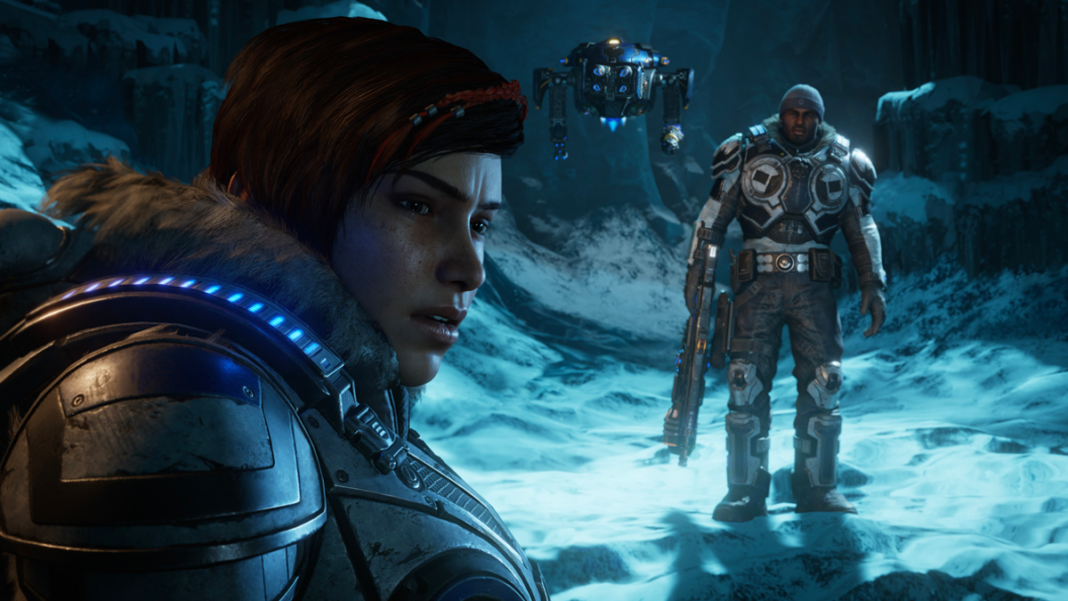Over a decade into its evolution, Gears of War has delivered several games worth of gory executions, lots of hiding behind cover and running out of ammo, seemingly limitless waves of enemies, and in short, as the title would suggest, the franchise has always centred around ‘war’. And although Gears 5 has dropped the ‘of War’ from its title, the game perhaps takes a deeper dive into the ideas and themes surrounding the subject than any of its predecessors.
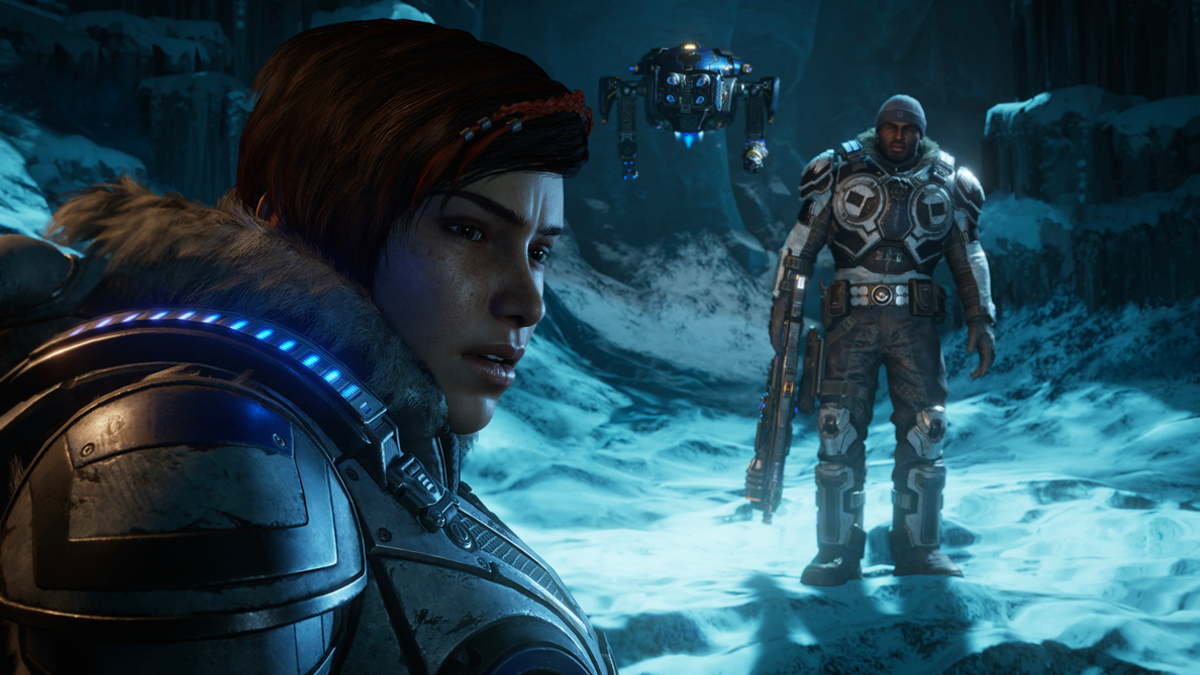
The backstory for the Gears universe revolves around the Pendulum Wars, which lasted for generations between various factions of humans. Shortly after that war ended, a new enemy appeared in the form of the Locust Horde, a second species of the planet Sera, that had been living beneath the surface completely unknown to the humans. Eventually, by the end of Gears of War 3, the Locust war ended, and Gears of War 4 picks up the story twenty-five years later.
And yet beneath the obvious exploration of war and violence through its overarching story, there is a number of deeper themes throughout the series, looking at things like the harsh reality of a society generations into war, the attitude of regular people towards the institutions and ideals they believe are prolonging the conflict, and the emotional trauma it has on the characters we meet.
Gears of War 4 saw the introduction of the main character JD, the son of the first three games’ main character Marcus Fenix. JD was like his father in many ways, but it seemed that Marcus hadn’t been the best parent over the years, and so their relationship was strained. But aside from this layer of complexity JD, was still, generally speaking, your typical video game action star who has just the right blend of doing the right thing and morals, with an edge of overconfidence and heroism.
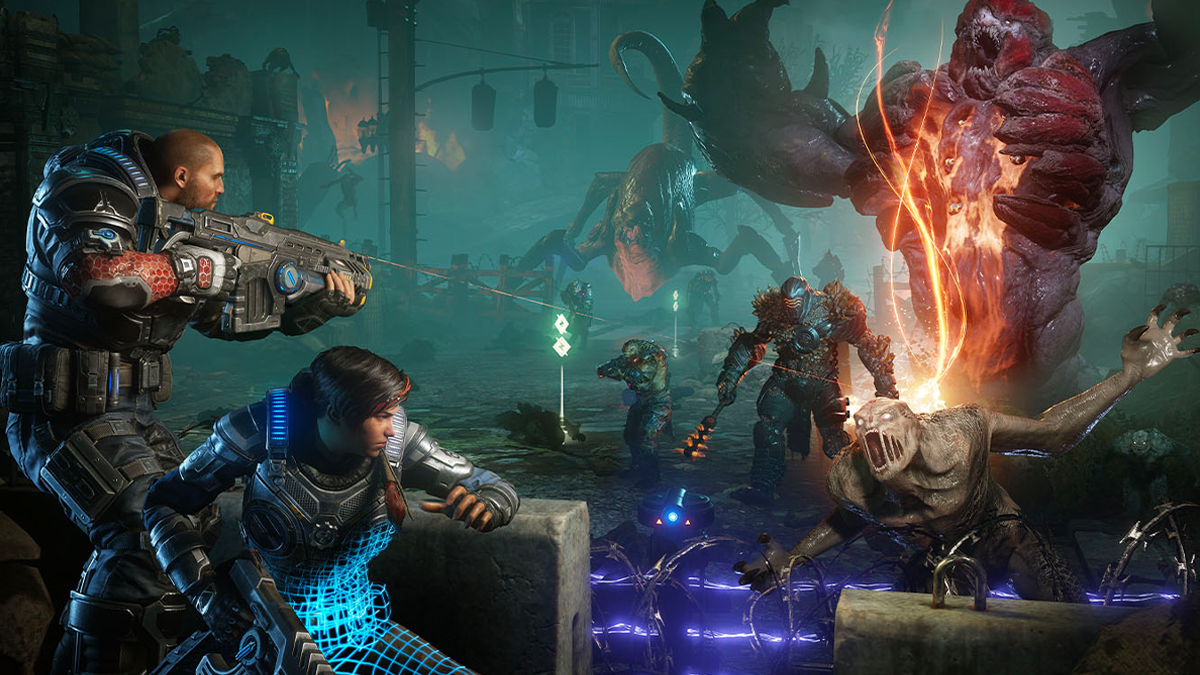
But in Gears 5, with JD being the main playable character for only the opening portion of the game, and there we see a different side of the younger Fenix. This game sees JD dangerously risk his life, to complete his mission despite several very serious hurdles, which is later explained as compensation for a mistake in his past.
This different side to JD adds a whole new layer of complexity to his character and delivers a look at someone who made a mistake and pushed himself too far in an attempt to fix it, showcasing how that can in turn lead to even more damage as a result.
As the backstory of Gears of War has always centred around decades worth of human war, and the ideological differences between Sera’s human inhabitants have always been clear. The COG is frequently critiqued as a group of warmongering fascist overlords by other factions such as ‘the Outsiders’, who are small colonies who choose to live outside of the COG’s jurisdiction and protection, or the former UIR (Union of Independent Republics) who are one of the least subtle Soviet Republic references in pop culture, and were the COG’s main opposition during the Pendulum Wars.
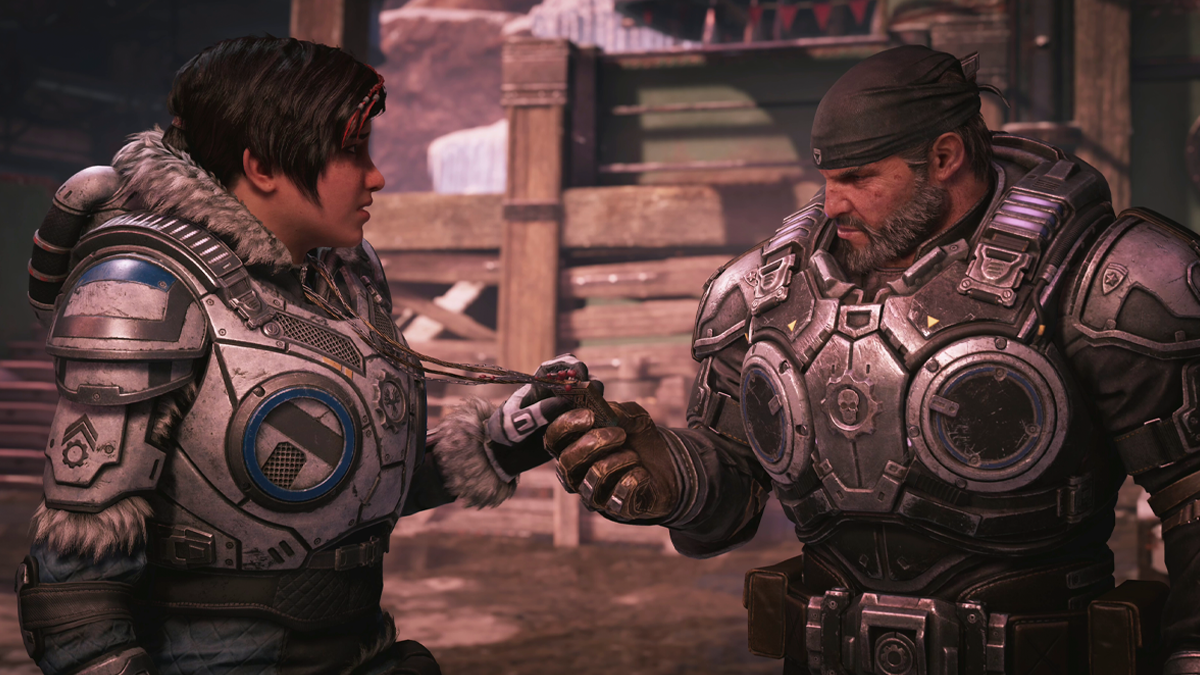
But when the game switches its main playable character from JD to Kait, is where it starts an even deeper dive into the lasting effects of war, on the people of Sera. Here, as Kait, a former Outsider herself, the player has to slowly walk through an Outsider camp, whilst the residents whisper and murmur about the COG, the danger they bring and Kait’s betrayal.
All of this is capped off by a child taunting Kait and Del for being ‘fascists’, a sequence which ends with his mother whispering that they aren’t to call the COG fascists ‘to their face’. It’s clear that the ideological differences that caused the war on Sera are still present, and continue to define people’s relationships decades later, in spite of a common enemy in the Swarm.
Ultimately though Gears 5 is Kait’s story, one that sees her come to terms with her heritage, connections to the Locust and the Swarm, and quite firmly pick a side in this war despite what it might cost her personally, and it’s through her that we get the biggest look at the consequences of this war decades on.
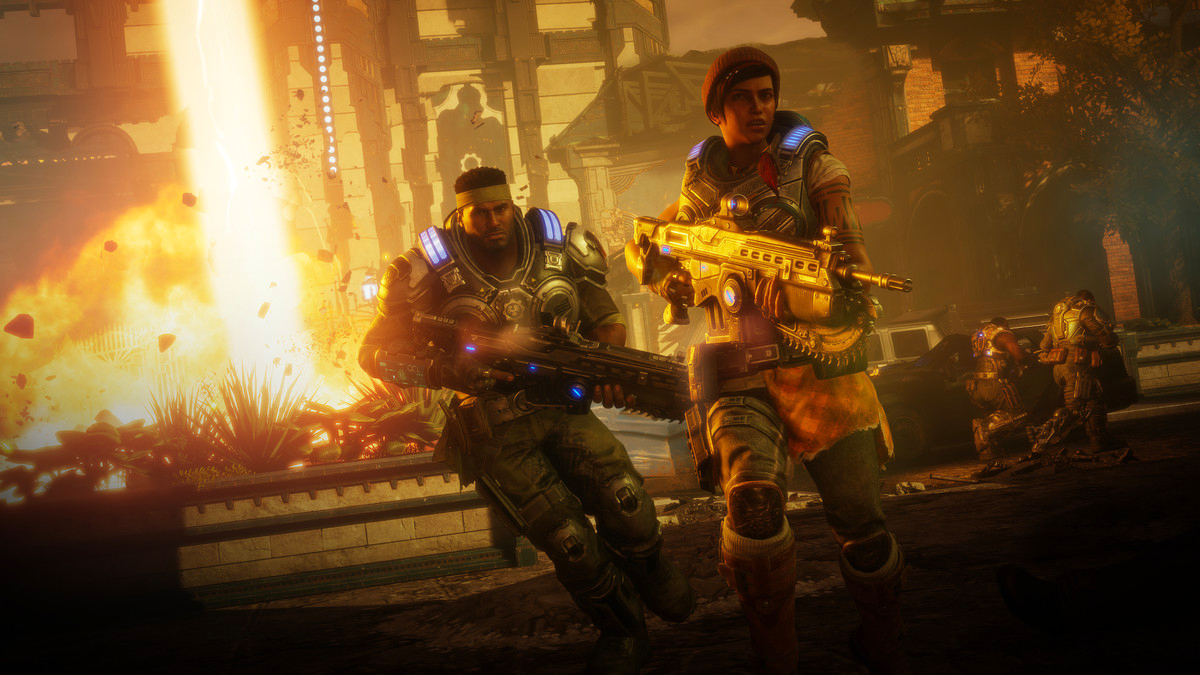
Following the cliffhanger reveal at the end of Gears of War 4, which showed Kait’s grandmother was the Locust Queen Myrrah, Gears 5 goes into significant detail on Myrrah’s backstory, revealing the tragedy and experimentation that led to her becoming the villain in the original Gears trilogy.
With this exploration of both Myrrah and the Locust, Kait learns of her own connections to the horde and her ‘true purpose’. And yet despite a number of teases that Kait’s allegiance may be in question, or possibly not even up to her, she solidly makes the decision to destroy the Swarm hivemind.
The game (and franchise going forward) is quite literally defined by Kait’s choices, and through Kait, Gears 5 has delivered one of, if not its deepest story yet. The game shows off a character that has gone from being a proud COG hating Outsider who loses her mother in Gears of War 4, to a potential Locust Queen, and eventually the person who fights for, and ultimately decides the fate of Sera by the end of Gears 5.
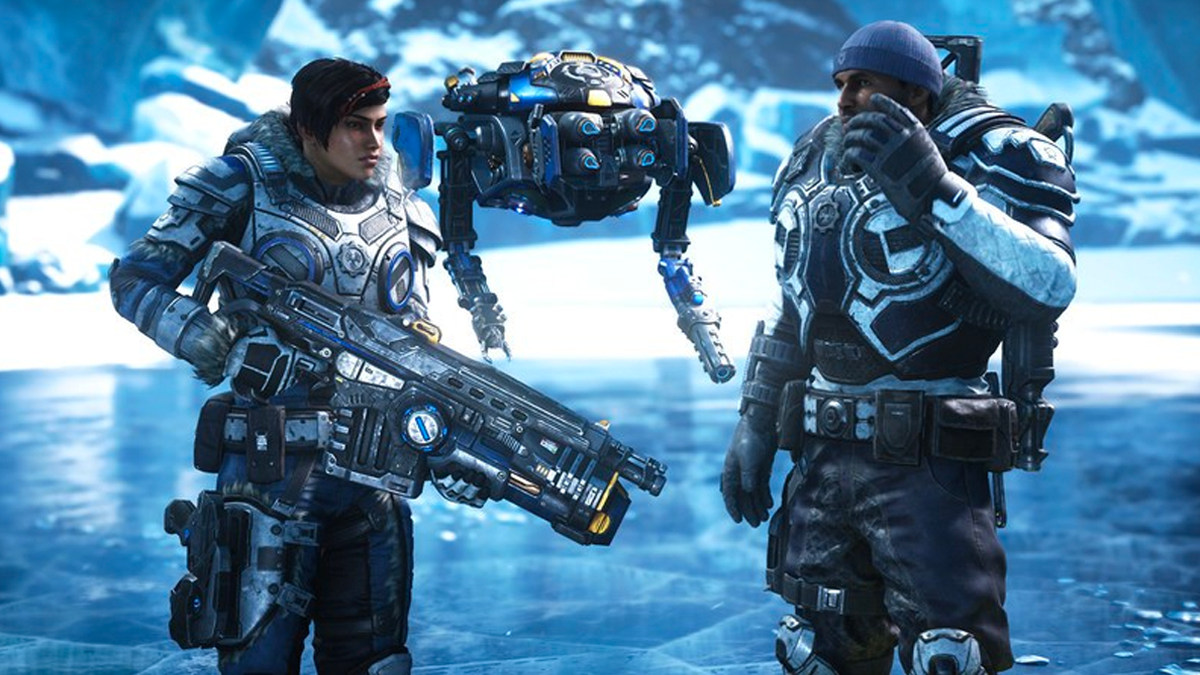
Kait’s journey, as much as it is her own, is in many ways something the series has been building to since it started, she is the product of all of Gears of War’s main elements, from sinister COG secrets to Locust experiments, an outsider camp, to being a COG soldier, and so it’s only fitting that she is the one to showcase how a character copes with all of this in a world saturated by decades of war.
